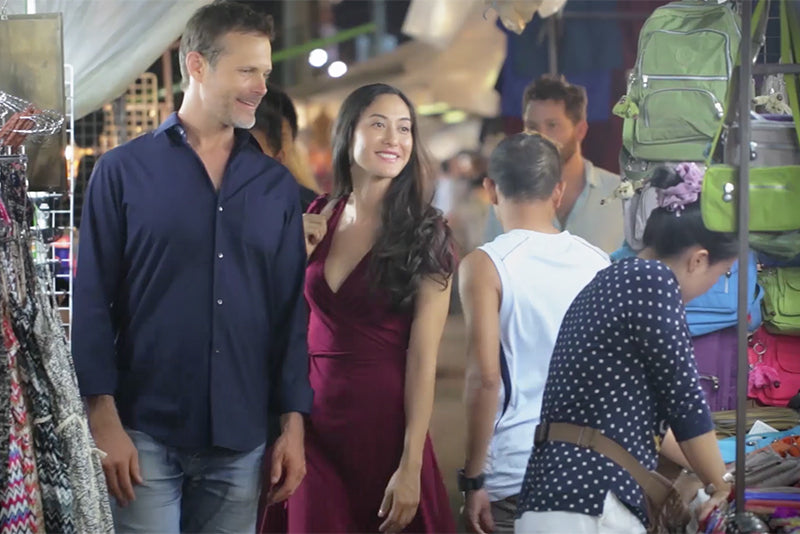It's Not About the Shirt
It's about what the shirt means
During my first trip to Bangkok in 2004, I was eating lunch at a sidewalk noodle cart parked in front of a bookshop. When I was nearly finished, the owner of the bookshop sat down across from me at my small table and just started talking to me.
At the end of the conversation, he said, “You are the first foreigner I have ever spoken with in front of my shop. Do you know why?”

Without waiting, he answered his own question, “You are the only one I have ever seen use chopsticks properly.”
He must have seen thousands of tourists on the sidewalk in front of his shop over the years. But that little thing was compelling enough to him that he finally decided to take a chance and reach out to a stranger.
The conversation lasted more than an hour and was my first ever with a Thai person. His enthusiasm and excitement was so contagious that my face hurt from smiling. It was the beginning of a love affair with a country and people that continues today, 13 years later.
What did using the chopsticks mean to him? Respect for his culture? Genuine curiosity in his customs? To a proud Thai man, maybe that and a lot more.
I look at travel clothing the same way I look at using chopsticks:
The little things are noticed and they matter
How a traveler presents himself will be what determines if the language barrier is surmounted or the cultural divide is crossed. Clothing is just an expression of the inner desire to do so. It’s the intention that matters and what people will connect with.


